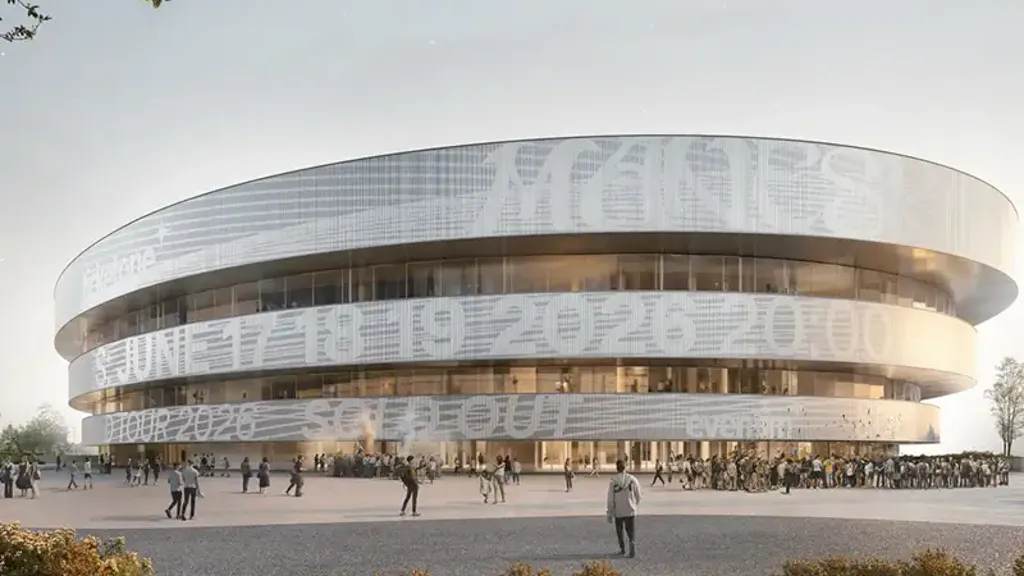The Chinese National Stadium was the 2008 Olympic Games’ most striking structure. Recognised all over the world, the building’s dynamic form and vast scale created a new icon for China and the city of Beijing.
The circular shape of the stadium represents 'heaven', while the adjacent square form of the National Aquatics Center (Water Cube), also design-engineered by Arup, is a reflection of the Chinese symbol for Earth. The structural form of the stadium is popularly described as a 'bird’s nest', with its pattern inspired by Chinese-style 'crazed pottery'. Seemingly random, the pattern abides by complex rules for which advanced geometry was defined.
To ensure an optimum design, Arup’s sports architects established the design for the seating bowl first, with the outer façade wrapping around it. The design ensures spectators are as close as possible to the action and have clear sight lines. As Beijing is located in one of the world’s most active seismic zones, Arup used advanced seismic analysis to test the stadium under various earthquake conditions to ensure the structure can withstand major shocks.
Designed around people
The stadium is not just a remarkable piece of architecture and structural engineering, but also sets global standards for spectator experience. It was designed around people to ensure optimum view, comfortable seats and maximum enjoyment of sporting events.
To maintain the atmosphere and provide a superb stadium experience, the roof was clad with ethyl tetrofluoroethylene (ETFE) panels on the upper surface and an acoustic membrane on the lower surface.
Importance of spectators’ sight lines
Arup was aware that during athletic races, the most important view is of the finish line, but when the stadium is used for football - one of its future uses after the Olympics – the best views are of the centre line.
Precise analysis and modelling was used to ensure that spectator views, given the complexity of the large structure, were at the heart of the design to guarantee clear sight lines at any time from any angle.











